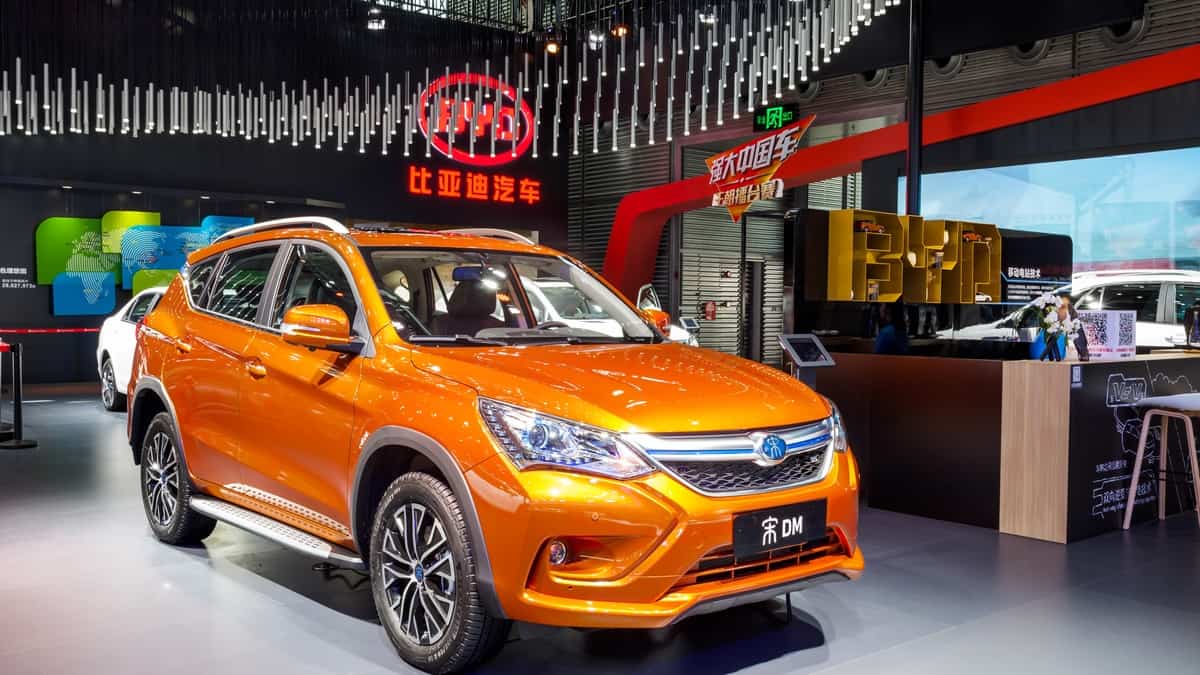BYD has begun construction on a new power battery project in Wenzhou, Zhejiang province, which was approved in late November last year.
The battery base is one of 29 main projects with an overall investment of RMB 75.5 billion yuan ($10.8 billion) that the Wenzhou government broke ground on on February 21.
RMB 6.5 billion in funding for the BYD battery project
According to a WeChat article by the local government, the BYD battery project is placed in Qiaotou town, Yongjia county, Wenzhou, with a total investment of RMB 6.5 billion and a scheduled yearly production capacity of 20 GWh.
As stated in the article, which gives no further details, the project’s annual sales are predicted to reach RMB 16 billion after completion, offering more than 6,000 jobs.
In a press release by the Wenzhou city government on November 23, BYD intends to build a new power battery production base with a yearly capacity of 20 GWh. The first manufacturing line is expected to begin operations in 2024.
The release shows that the power batteries scheduled for the production base will use one of the most promising battery technologies available today.
BYD’s power batteries are primarily based on lithium iron phosphate (LFP) chemistry, with a small number of ternary lithium batteries also produced.
BYD is second to CATL in power battery production
According to data recently released by the China Automotive Battery Innovation Alliance, power battery setups in China were 16.1 GWh in January, down 0.3 percent year on year and 55.4 percent from 36.1 GWh in December.
CATL’s installed base was 7.17 GWh in January, keeping it first in China’s power battery installed base with a 44.41 percent share. BYD came in second place with a 34.12 percent market share.
BYD’s installed base in the LFP market was 5.50 GWh in January, scoring first with a 51.52 percent share, while CATL’s installed base in the LFP market was 3.59 GWh, ranking second with a 33.63 percent share.
This implies that, after six months, BYD retook the lead in the LFP market from CATL in January. BYD surpassed CATL in the LFP market for the first time in April 2022 and again in July 2022.
BYD to produce sodium-ion batteries in 2023
BYD intends to mass produce sodium-ion batteries in the second half of 2023, according to local media LatePost, and they will be used in the Qin EV, Dolphin, and the new model Seagull.
The development and mass manufacturing of sodium-ion batteries, which are now in the sample validation phase, is carried out by BYD’s power battery unit FinDreams.
BYD later clarified that the report was false but did not elaborate.
Although there have been more and more discussions about the new battery in recent months, it is still being determined if BYD’s Wenzhou battery facility is for the sodium-ion battery.
On February 23, battery manufacturer Hina Battery introduced three sodium-ion battery cell products.
It announced an alliance with Anhui Jianghuai Automobile Group Corp (JAC), which has created one of its models, the first to carry sodium-ion batteries.

